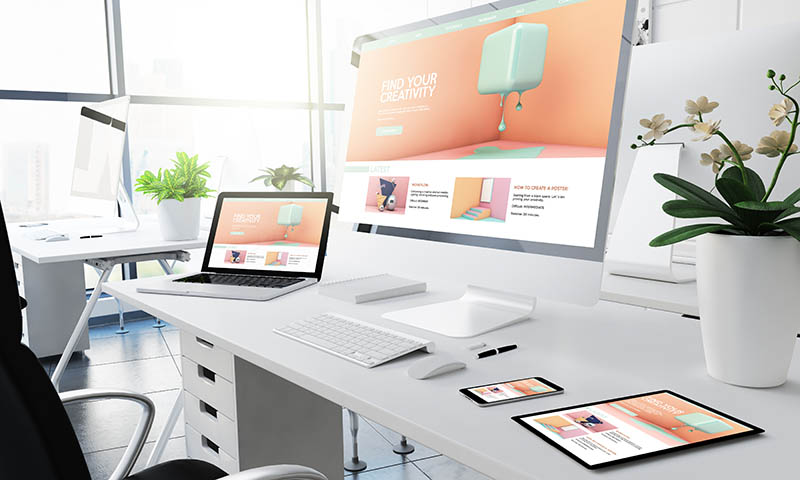Importance of Design in Marketing
To boost your company’s growth, exceptional marketing design is essential. I know that’s not groundbreaking news since we have all seen many examples of great design used by big brands. Apple is always mentioned as one of the all-time benchmarks of successful branding. Their consistent minimalistic approach is remarkable.
What about companies that are not at that level? We see a lot of companies that are successful despite poor branding. It’s often Okay, but not great, and they succeed because there is enough demand for their product or service but they could do so much better if they paid more attention to elevating their brand.
Enhancing your visual appeal and brand image, improving the relationship between design and ROI, and understanding the science behind good design are all vital aspects of this. In the following sub-sections, we will describe how to achieve these goals and take your company’s marketing to the next level.
Visual Appeal and Brand Image
The use of aesthetically pleasing designs is a crucial aspect in shaping the public’s perception of a brand’s identity and credibility, which can have significant effects on the success of marketing efforts. The visual appeal of designs provided to customers serves as an initial impression that establishes customer expectations for the brand’s products. Establishing clear and consistent design elements across all communication platforms elevates customers’ confidence in the brand image fidelity and quality.
Venturing further into design depth, layouts, colors, fonts, images play a vital role in representing different aspects of businesses like professionalism, creativity, sophistication or tradition. Users not only look for eye-catching graphics but also expect fonts and colors to follow their brand guidelines closely. When executed with precision through specific design principles such as legibility, symmetry and harmonious color schemes – these graphic complexities influence users’ subconscious mind leading towards better retention value.
Additional consideration must be given to factors which may hinder legibility like user-experience on screens having different sizes or resolutions since intended visuals may lose their impact if not optimized for all mediums appropriately. Businesses should consistently invest in design correction measures to ensure optimum user experiences are seen as this directly affects online user interaction ratios.
Pro Tip: It is important to keep refreshing your branding aesthetics regularly bringing new flavors into designs while ensuring compliance with your established standards acting as brilliant ways to encourage innovation and facilitate consumer engagement.
Design and ROI go together like peanut butter and jelly – without one, the other just doesn’t taste as sweet.
Relationship Between Design and ROI
Design plays a crucial role in the success of marketing efforts as it significantly impacts the return on investment (ROI). The impact of design on ROI can be attributed to various factors such as creating brand identity, increasing brand awareness, improving user experience, and generating leads.
Well-designed marketing collaterals such as brochures, websites, social media posts can capture audience attention and create a positive image of the brand, leading to increased sales. Similarly, poor design quality can confound users and result in a negative perception about the brand.
In addition to enhancing the visual appeal of marketing efforts, design can also improve usability and functionality. A well-designed interface or website can facilitate navigation for users making it easier for them to access information or complete their desired actions. This improves customer retention and loyalty towards the brand.
To maximize the benefits of design in marketing campaigns, it is important to consider various elements like color scheme, typography, layout, and overall aesthetics. A strategic approach towards incorporating design elements in marketing efforts can lead to improved ROI.
Businesses that incorporate effective design strategies are more likely to stay ahead of competitors in terms of branding and online presence. Hence businesses should prioritize designing appealing marketing collateral that effectively communicates their message to customers.
Don’t miss out on the benefits of good design when it comes to marketing. Incorporate effective design strategies for your next campaign & make sure it stands out from competitors!
Good design is like a well-crafted cocktail – it’s the perfect blend of creativity, strategy, and just a touch of magic.
The Science Behind Good Design
Design plays a pivotal role in marketing. It encompasses various elements that contribute to crafting an effective visual message, driving brand recognition, and enhancing user experience. The Science of Good Design lies in applying fundamental principles of color theory, typography, layout design, and graphics to create visually appealing messages that resonate with the target audience.
Good design enhances the credibility of the brand for consumers and shapes their perceptions of it. Consistency in design elicits an emotional response from its users and fosters trust between them and the brand. Moreover, good design also plays a role in influencing a user’s ability to recall information about the brand, making it essential in building long-term customer loyalty.
Whilst good design is essential for marketing success, it’s crucial to acknowledge that there are no shortcuts other than careful planning and execution. A lack of effort at this stage can lead to wasted resources, lost revenue opportunities and may undermine any branding efforts made further down the line.
A leading multinational business almost lost their significant identity due to poor design execution. It took up too much real-estate on their website’s homepage and resulted in page loading issues which led them to seek expert help urgently. By doing so, they minimized repercussions such as an unhappy user base or loss of potential clients by investing time into ironing out these teething problems proactively.
Good design is like a well-tailored suit – it should fit your brand perfectly and make you stand out, but also be comfortable enough for customers to embrace.
Elements of Exceptional Design
To take your company to another level with exceptional design, you need to master the elements of design. This section, titled “Elements of Exceptional Design,” will take an in-depth look at the key components you need to focus on. The two sub-sections, graphic design, and user experience, explore how to optimize your visual and interactive designs to create a positive impact on your brand.
Graphic Design
1. Creative Visualization of Design Elements
2.
| Graphic Design | Principles | Examples |
|---|
| Typography | Proper selection & arrangement | Helvetica, Garamond, Futura, Gotham, Baskerville |
| Color | Strategic choice & application | Monochromatic, Analogous, Complimentary |
| Layout | Effective composition & hierarchy | Grids, White Space, Z-Pattern |
| Branding | Consistent design language | Logo, Business Card |
3. Effective implementation of visual design can lead to brand recognition and customer trust. Multiple elements can work together to create a cohesive design vocabulary.
4. Don’t miss out on the benefits of exceptional design – incorporate attention-grabbing typography and color choices into your branding strategy! Good typography is like a well-fitted suit – it may not make you a superhero, but it definitely makes you look sharp.
Typography
Typography plays a critical role in designing exceptional websites. It involves the use of different font family, size, and style to enhance readability and visual appeal. Properly implemented typography ensures effective communication of the intended message.
| Typography | Columns |
|---|
| Font Family | Arial, Times New Roman, sans-serif |
| Font Size | 12px-18px |
| Font Style | Bold, Regular, Italics |
Consistency is crucial in typography as it promotes brand identity and establishes a professional outlook. Maintaining proper kerning and leading also helps to enhance legibility.
Incorporating appropriate line height allows for comfortable readability while giving enough white space between lines. The proper use of hyphens, dashes, quotes marks provides clarity and conveys intention.
Achieving optimal typography demands creativity that goes beyond choosing fonts. Typography requires intentional decisions that consider harmony with color schemes and imagery used on the website.
Make sure not to miss out on incorporating well-designed typography on your website for effective communication with your audience. Elevate your brand by implementing unique typography features that attract attention.
“Color is like spices in cooking – too little and it’s bland, too much and it’s overwhelming. Finding the perfect balance is the key to exceptional design.”
Color
Color helps to convey emotions, messages and creates overall impact. Color speaks louder than words in design and has the power to shape a brand’s identity. Choosing the right color scheme can differentiate a product from its competitors. In addition, an effective use of contrasting colors can enhance readability and improve accessibility for all users.
The psychology of color is important to understand while choosing a color palette. Different colors invoke different emotions and create various moods. For example, blue conveys trustworthiness, yellow radiates happiness while red evokes passion and energy. The use of vibrant colors can be stimulating while muted tones create calmness.
It is vital to ensure that the selected colors comply with brand guidelines and match the industry type. Color consistency in branding reinforces its recognition and increases familiarity with users over time.
Did you know that Google once tested 41 shades of blue for their hyperlinks? According to their research, using a particular shade of blue resulted in an increase in clicks by 3%. This proves that even minor changes in color can significantly impact user behavior or actions.
In summary, creating a cohesive color scheme is crucial to a successful design. The right selection generates an emotional response from users about the intended message or product without them realizing it. Thus, take time to research the psychology behind your desired message before making any final decisions regarding color choice!
Good design is like a well-planned road trip: the layout sets the path and the experience is all about the journey.
Layout
The art of arranging elements on a digital canvas for optimum visual impact is an essential aspect of exceptional design. Properly placing and proportionately aligning images, content, and typography on the webpage is crucial to creating a professional look. This requires knowledge of website structure as well as composition principles.
An expert layout includes an arrangement that creates an aesthetically pleasing hierarchy while ensuring effortless navigation for the user. Strategic use of white space can enhance a design’s readability and provide a clear direction. Moreover, attention should be given to color composition, spacing around critical elements, and font sizes.
Remember that layout plays a vital role in capturing and retaining users’ attention, leading them towards converting goals. When done correctly, it drives traffic engagement and conversion. However, conflicting layouts or inconsistent styles can drive away potential customers.
Designers who acknowledge this aspect of development are already one step ahead. In contrast, those who do not pay enough attention to layout might disappoint their target clients due to unclear messaging or poor usability—a client once mentioned reducing bounce rates and increasing conversions after improving their website’s layout and upgraded visuals.
Designing for user experience means creating a website that users won’t hate more than Mondays.
User Experience
Delivering an outstanding human-centered design for users is the main purpose of a User Experience. It encompasses all aspects of how a person interacts with a brand’s services or products, including usability, accessibility, and aesthetics. UX is concerned with empathy for the user’s needs and desires, and how these can be delivered through a digital interface.
Providing clear navigation, efficient functionality and engaging content are essential elements to optimize user experience. Employing Visual Hierarchy to create effective layouts, placing appropriate Call-To-Actions throughout interfaces, as well as optimizing for mobile-first design will also enhance User Experience.
Besides this, UX also refers to the usability testing strategies employed during and after the product development life cycle to identify any potential issues with usage. Some of the typical tools used include Usability lab testing which involves recording user interactions in real-time sessions not forgetting device browser testing.
A report by Forrester shows that a well-designed User Experience could result in conversions improving by 400%.
Getting lost has never been this fun: exceptional navigation design can turn even the most directionally challenged person into Magellan.
Navigation
Navigation is the backbone of any website, allowing users to easily browse and access content. To create exceptional navigation, consider these six points:
- Strive for simplicity and clarity
- Organize content logically
- Use clear and concise labels
- Include prominent calls-to-action
- Ensure accessibility and responsiveness
- Test usability with real users
In addition to these points, consider incorporating visual cues such as dropdown menus or breadcrumbs to aid user navigation. By creating a seamless and intuitive browsing experience, you can increase engagement and retention on your website.
Pro Tip: Avoid using complex jargon or technical terminology in labels or links, as this can confuse or alienate users. Keep it simple and straightforward for optimal results.
Good design is like a well-oiled machine – it looks great and functions even better.
Functionality
Functionality is an essential element of exceptional design. It entails how well a design meets its intended purpose and how effectively it operates. Let’s explore some crucial factors that affect the functionality of a design.
Below is a table outlining critical components to consider when examining functionality in design:
| Aspects | Description |
|---|
| User experience (UX) | How easy and enjoyable it is to use the product |
| Accessibility | How accessible it is to people with disabilities |
| Performance and speed | How fast the product runs, especially under heavy traffic |
| Compatibility and Cross-Browser Support | Ensuring the product works on different devices and browsers |
| Security | Ensures data protection, secure connections, etc. |
It’s not just enough for a design to meet its goal; users demand an optimal experience irrespective of their device or browser. Furthermore, accessibility should be at the heart of every design project, ensuring everyone gets equal access to online resources.
One true tale that highlights how much functionality determines a successful brand outcome is the story told by Wally and Amanda Koval, creators of Accidentally Wes Anderson. Their Instagram account has grown enormously over the past few years because he pays attention to user experience through good imagery curation and navigation layout, delivering continuous utility content for his followers.
Design that’s more interactive than a toddler with a light switch.
Interactivity
The aspect of User Interaction plays an integral role in designing exceptional websites. Interactivity can be achieved by inserting responsive elements to increase user engagement. A good web designer ensures that the interactive interface works seamlessly across all devices and browsers.
| Interactive Element | Description |
|---|
| Hover Effects | Mouse over effects on images or buttons to provide visual feedback |
| Animations | Adding animations to menus or page elements for a dynamic feel |
| Forms | Including forms to allow users to input data or request information |
| Chatbots | Enable customers to receive instant assistance without human interaction |
It is important to note that interactivity is not limited only to these aspects, but includes several other interactive designs that cater specifically according to the requirements of a website. These elements serve as an opportunity for designers to showcase their creativity and innovation through crafting unique experiences that match their clients’ brand and target audiences.
Pro Tip: Prioritizing UX when designing interactive features will lead to optimal interactivity and positive user experience, which ultimately leads to improved customer satisfaction and higher conversion rates. Exceptional design doesn’t just look good, it benefits your business like a fancy suit benefits a job interview.
Benefits of Exceptional Design
To enhance your marketing strategy with exceptional design, consider the benefits it can bring. With this section on the benefits of exceptional design in your marketing efforts, you’ll discover how it can boost customer retention, increase conversion rates, and improve overall perception and reputation.
Enhanced Customer Retention
The power of an unmatched design lies in its ability to retain customers for your business. When the aesthetic appeal is combined with functional design, it creates an unforgettable experience that customers cannot resist. With a design that is unique, captivating and user-friendly, customers are more likely to stay loyal to your brand.
In addition, exceptional design can evoke emotions and create a connection with your customer base. It establishes trust and credibility that lasts beyond a mere transactional relationship. The potential for repeat purchases is magnified when customer retention is high, making exceptional design integral to the long-term success of any business.
Moreover, investing in great designs maximizes the benefits of word-of-mouth advertising. Customers who have had positive experiences with a brand are quick to recommend it to friends and family. This translates into organic marketing and free publicity that can extend beyond what paid advertising can provide.
A famous example of excellent design leading to enhanced customer retention is Apple Inc., which has created an iconic brand through engaging product designs. Their products boast premium quality and visually appealing designs that embody the brand’s identity. This is only one example of how design can be used as a powerful tool for enhancing customer retention.
Exceptional design not only looks good, it also seduces customers into clicking that ‘Buy Now’ button like a siren song.
Increased Conversion Rates
The effectiveness of exceptional design is evident in higher rates of customer conversion. A well-designed website or product can significantly impact a user’s decision to purchase or engage with the brand. This is particularly important for e-commerce websites, where every click-through and transaction matters.
By having a visually appealing layout that emphasizes important information and guides users towards desired actions, businesses can increase their conversion rates. Additionally, incorporating trust signals such as customer reviews and security badges contribute to a more positive user experience and increased conversions.
Moreover, by implementing responsive design, businesses can ensure that their website is optimized for various platforms, providing a seamless experience for customers across devices. A mobile-friendly design increases accessibility and convenience, leading to further conversions.
To further enhance the impact of exceptional design on conversion rates, businesses should focus on creating a clear call-to-action and removing any barriers to purchasing or engaging with the brand. For instance, simplifying the checkout process or reducing form fields can streamline the process for users, encouraging them to complete their transaction.
“Design is the only place where perfection doesn’t lead to suspicion, but rather to improved perception and a swanky new reputation.”
Improved Perception and Reputation
The significance of creative design can be seen in terms of an organization’s image and credibility. With a striking and intuitive interface, companies can foster a trustworthy image, ultimately improving their brand reputation. Additionally, aligning visual aesthetics with the company’s values can significantly enhance public perception of the company.
An aesthetically pleasant design with intuitive navigation enhances user experience leading to increased website traffic and engagement such as low bounce rates while encouraging customers to spend more time on the website or app, increasing conversions and boosting sales. Unique creativity in design reflects exclusivity; highlighting a firm’s commitment to superior quality products or services.
One thing that should not be left out is the importance of incorporating ethical principles into designs: highlighting environmental sensitivity indicates a company’s concern for sustainability which resonates positively with socially responsible audiences who are consumers and investors.
To improve perception and reputation, companies must consider prioritizing functional aesthetics combined with creativity as part of their branding communication strategy to convey brand value offering top-quality solutions. Furthermore, focusing on consumer needs allows firms differentiation by delivering personalized communication through customized creatives contributing to building stronger customer relationships conducive to promoting greater brand advocacy.
Exceptional design in marketing: because a bad design is like a bad pick-up line – it’s not going to attract anyone.
Implementing Exceptional Design in Marketing
To implement exceptional design in your marketing with professional results, consider hiring a professional designer. Furthermore, designing for different platforms can attract your audience and enhance their experience. Finally, experimenting and A/B testing can help you identify the most effective design for your marketing campaigns.
Hiring a Professional Designer
Finding Skilled Designers to Enhance Your Marketing
When it comes to creating impressive marketing materials, it’s crucial to utilize the skills of a professional designer. Hiring an experienced graphic artist who understands your brand can take your marketing efforts to the next level.
Collaborating with a skilled designer provides endless opportunities for unique and stunning designs that capture the essence of your brand. But more importantly, working with a professional ensures that graphic design elements are coherent across all platforms – from digital ads and social media posts to email templates and print flyers – which helps improve the overall branding consistency.
To attract top talent designers, make sure your company culture fosters creativity, is well-defined, and consistent across departments. A good designer should align with the organization’s values before taking on any design project.
Aside from retaining qualified creatives in-house, you may also want to consider outsourcing projects for branding or web development. This approach allows organizations to tap into highly-specialized skillsets without maintaining payroll overheads while offering potentially quicker turnarounds than in-house resources.
Designing for different platforms is like designing different outfits for different parties – you want to look good everywhere you go.
Designing for Different Platforms
Designing for Various Platforms: A Vital Aspect of Exceptional Marketing
In today’s tech-savvy world, designing for multiple platforms is critical in creating an outstanding marketing strategy. Nowadays, businesses must cater to a wide audience of different devices and operating systems. Therefore, understanding the nuances of various technological platforms such as mobile screens, desktop monitors will help guarantee exceptional marketing design.
It’s vital to recognize how users interact with varied devices based on the distinct platform before planning and designing marketing materials. For instance, computer users are accustomed to more extensive displays that offer details without sacrificing clarity or organization. In contrast, mobile user preference tends towards less detailed designs as they navigate with smaller touchscreens. Consequently, adaptable designs that can account for both sets of audiences become necessary.
Before publishing material across multiple platforms such as websites or social media platforms like Instagram and Facebook, ensure that the design renders correctly on each device’s unique requirements. Prioritize clean designs, faster loading times and URLs which insure design consistency all around.
Designing an excellent responsive website utilizing engaging visuals along with suitable typography can work wonders in retaining customer engagement while conveying themes clearly. Another crucial aspect is ensuring image resolution works across multiple networks such as LTE/guaranteed Wi-Fi connection areas so that images load quickly across varying environments.
Trying new things isn’t always easy, but A/B testing is like being a mad scientist without the risk of becoming a supervillain.
Experimenting and A/B Testing
With regards to continuous improvement of marketing design, creative implementation through testing variations is always crucial. By running Experimenting and A/B Testing, we can effectively identify what works best for the audience.
Here are five points discussing Experimenting and A/B Testing:
- It allows us to test variations on different elements such as call-to-action buttons, visuals, headlines, and content.
- The process helps to determine which variation appeals more to the target audience by presenting them with a choice among them.
- A/B Testing monitors campaigns analytics which informs future decisions.
- Relying on subjective opinions doesn’t produce the desired results rather it helps in data-driven decision-making based on past response patterns.
- Finally, Experimenting broadens our understanding of user demographics and preferences when their responses are analyzed.
Moreover, Experimenting and A/B Testing imbues the team with data that can optimize future designs while also striving towards improved efficiency.
A memorable example of this comes from an online retailer who wanted to improve their product page conversion rates. The retailer presented two versions of its product page to its users: one design had a shorter form whereas another had a longer form designed for users not rushed for time. A/B testing showed the longer-form page was non-invasive but created more engagement resulting in increased sales.
Because who needs a mediocre design when you can aim for exceptional? These marketing designs are proof that standing out is always in style.
Examples of Successful Marketing Design
To give your marketing a boost, check out these examples of successful marketing designs featuring Apple’s sleek and minimalistic designs, Nike’s bold and consistent designs, and Coca-Cola’s timeless and classic designs. These companies have created designs that not only look great but also have a lasting impact on their audience.
Apple’s Sleek and Minimalistic Designs
Apple’s designs are characterized by their sleek and minimalistic approach, with a focus on simplicity and elegance. The clean lines and understated aesthetic of their products have become iconic in the tech world. This design philosophy extends beyond just the physical appearance of their devices, as Apple also prioritizes intuitive and user-friendly interfaces.
From the iPhone to the Macbook, Apple’s minimalist approach has proven effective in creating a strong brand identity and user loyalty. By creating a consistent visual language across all of their products, they have cultivated a sense of trust and reliability among consumers.
In addition to its design philosophy, Apple is known for its attention to detail. Every aspect of an Apple product is carefully curated to ensure a seamless user experience – from the packaging to the accessories included. This commitment to quality has contributed to its success as a global leader in technology.
According to Forbes, Apple was named the world’s most valuable brand for the eighth year in a row in 2020, with an estimated worth of $241.2 billion.
Nike’s designs are so strong, they could probably convince me to run a marathon…in the middle of a heatwave…uphill…in flip flops.
Nike’s Bold and Consistent Designs
Nike’s marketing designs stand out with their confident and consistent aesthetic. From bold typography to striking imagery, Nike has created a memorable identity for their brand. Their designs are not only visually striking but also convey a sense of athleticism, energy and empowerment. Nike’s use of color, graphics, and typography maintains consistency across all its products and marketing campaigns, which helps in building brand identity.
Furthermore, Nike has demonstrated adaptability in its marketing strategies over the years. Starting from Michael Jordan’s partnership in the 80s to Colin Kaepernick’s “Believe in Something” campaign recently, Nike has taken risks by aligning with figures who champion social issues they support. Their risk-taking abilities have only helped in adding more dimensions of appeal for customers.
One such example is Nike’s collaboration with India-based graphic designer and typographer Anil Sinha who created prints for the Air Max Day 2019 campaign. His unique desi-style (Indian pop culture) designs covered iconic sneakers like the Air Force One and Air Max ninety-seven silhouettes adorned by catchy slogans like ‘The future is mine’ & ‘Slaying since birth’.
Overall, these branding examples highlight how successful marketing designs play a pivotal role in a company’s ongoing success story – they increase customer awareness about your business/product by creating differentiation amongst competitors. Companies must focus on developing distinctive campaigns that remain consistent along various channels while continuing to innovate to maintain customer engagement with their products/services.
Coca-Cola may have changed their formula, but their marketing designs have remained refreshingly consistent.
Coca-Cola’s Timeless and Classic Designs
The iconic designs of a world-renowned soda brand have stood the test of time. The sleek, dynamic imagery employed by this brand deserves recognition for its lasting impact on the global landscape of marketing design.
Intriguingly, even though the actual colour red is used for all their can and packaging designs, it comes in diverse shades that vary in different countries around the world. For instance, in Thailand, a much deeper shade of crimson is used as opposed to a lighter one often seen in Europe or America.
This renowned soda’s rise to familiarity is not without its fascinating history. From humble beginnings in 1886 to its current status as an immensely prosperous corporation, the backstory behind this widely consumed beverage only adds to its overall intrigue.
Conclusion
To conclude with the article on ‘How exceptional design in your marketing can take your company to another level’, you have been presented with various significant ideas about design and its impact on marketing. You must have understood by now the importance of investing in exceptional design for your marketing strategy. As a quick recap, we will go over some key points before wrapping up. Furthermore, we will emphasize the importance of investing in exceptional design to boost your marketing efforts. Lastly, we will present our final thoughts and recommendations to help you apply these concepts to your marketing campaigns.
Frequently Asked Questions
1. What is exceptional design in marketing?
Exceptional design in marketing refers to the use of highly innovative and creative designs that stand out from the norm to create a lasting impression on customers. This design has the power to shift the perception of your brand in the minds of your customers.
2. Why is exceptional design important for my company’s marketing?
Exceptional design in marketing elevates the aesthetic appeal of your brand or product, making it more attractive and memorable. This can significantly boost brand awareness and increase sales.
3. How will exceptional design help my company stand out from competitors?
With exceptional design, your brand will stand out from competitors by communicating a unique value proposition through engaging and memorable visual cues. It creates differentiation that sets you apart from competitors, making customers more likely to choose your product or service over others.
4. Can exceptional design improve the effectiveness of my marketing efforts?
Absolutely! Exceptional design can boost the effectiveness of your marketing efforts by communicating messages in a visually appealing way to your target audience. This makes the information more attractive, memorable, and engaging, leading to higher conversion rates.
5. How can I integrate exceptional design in my marketing strategy?
You can integrate exceptional design into your marketing strategy by focusing on visual aspects such as logos, packaging, website design, and advertising campaigns. Work with an experienced design team that can create designs aligned with your brand identity.
6. How much does it cost to create exceptional design for marketing?
Costs vary depending on the scope of the project and complexity of the design. However, investing in exceptional marketing design is worth the cost as it provides high returns in the form of higher visibility and engagement from customers.
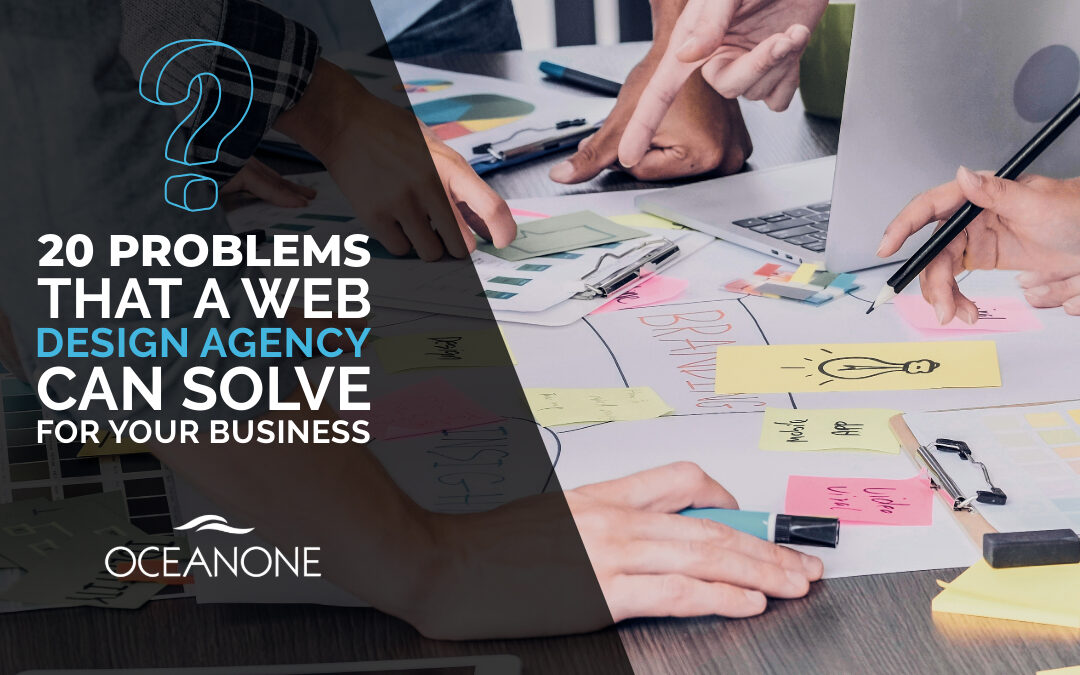
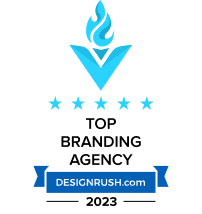

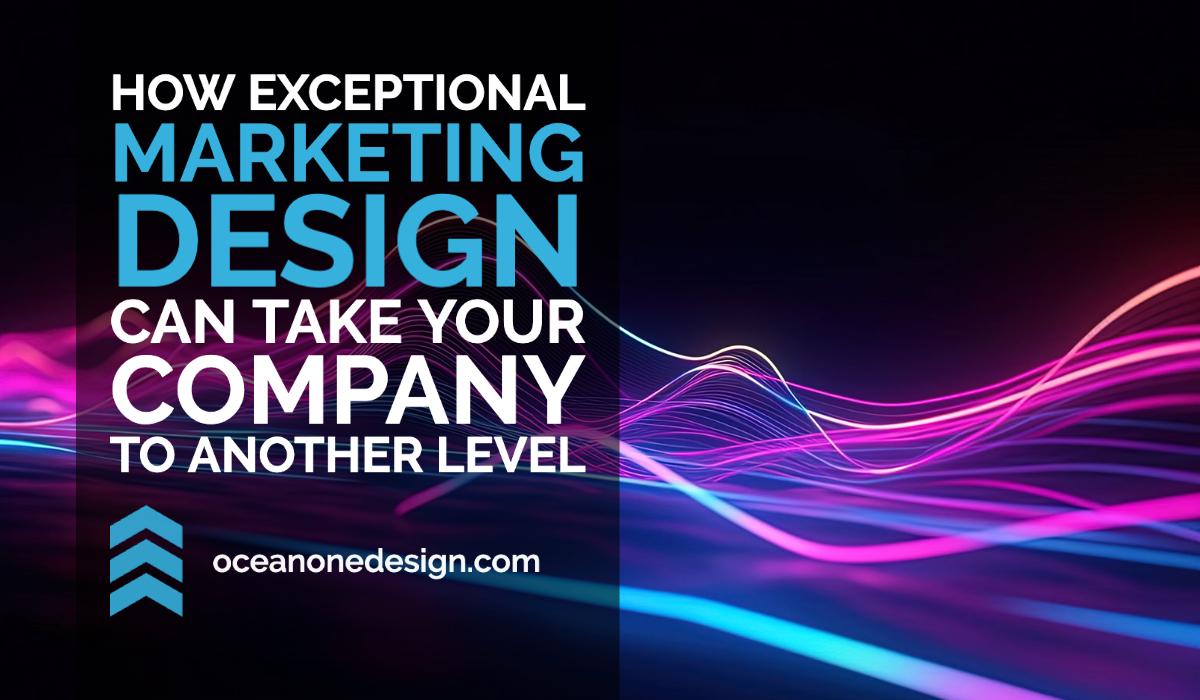

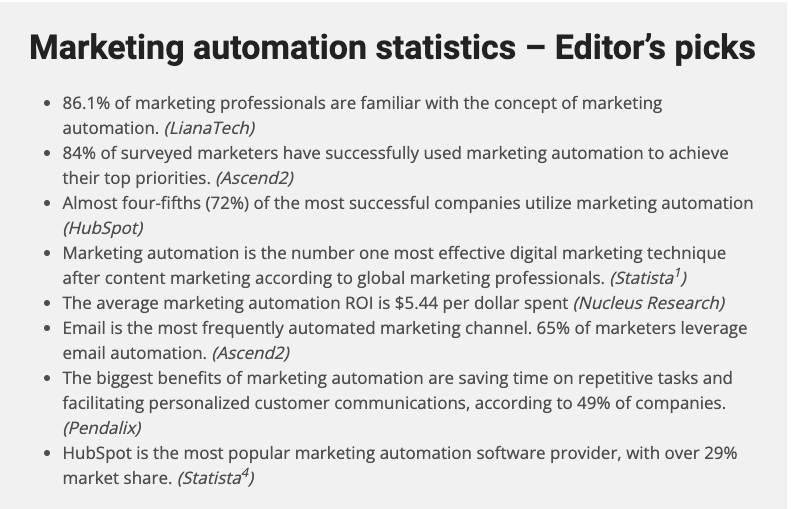
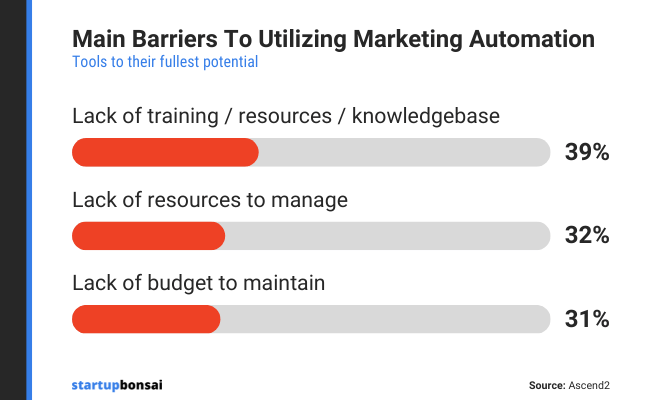
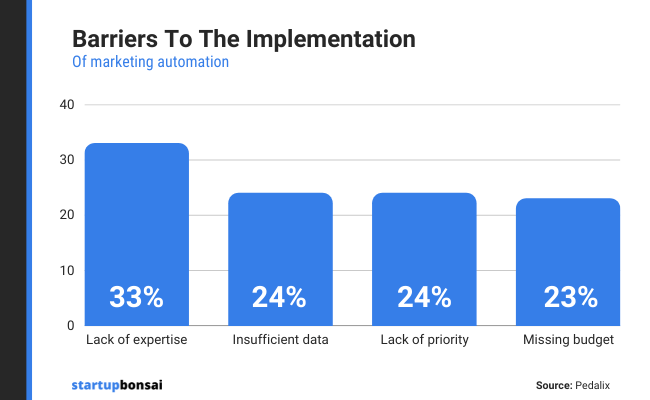

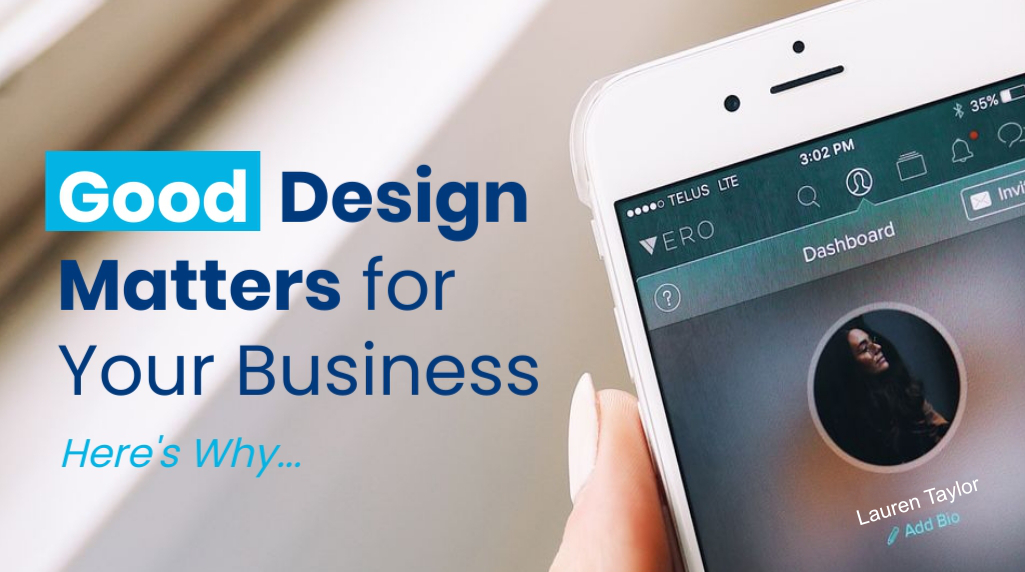
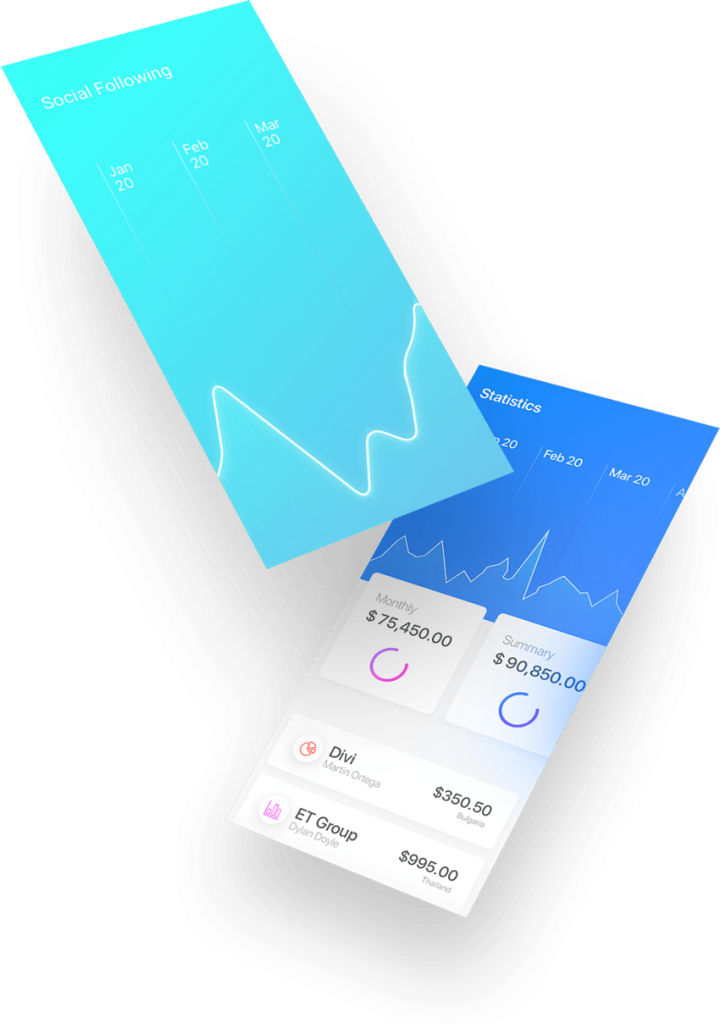 Branding is not a one time project. It needs to grow and evolve over time to stay relevant.
Branding is not a one time project. It needs to grow and evolve over time to stay relevant.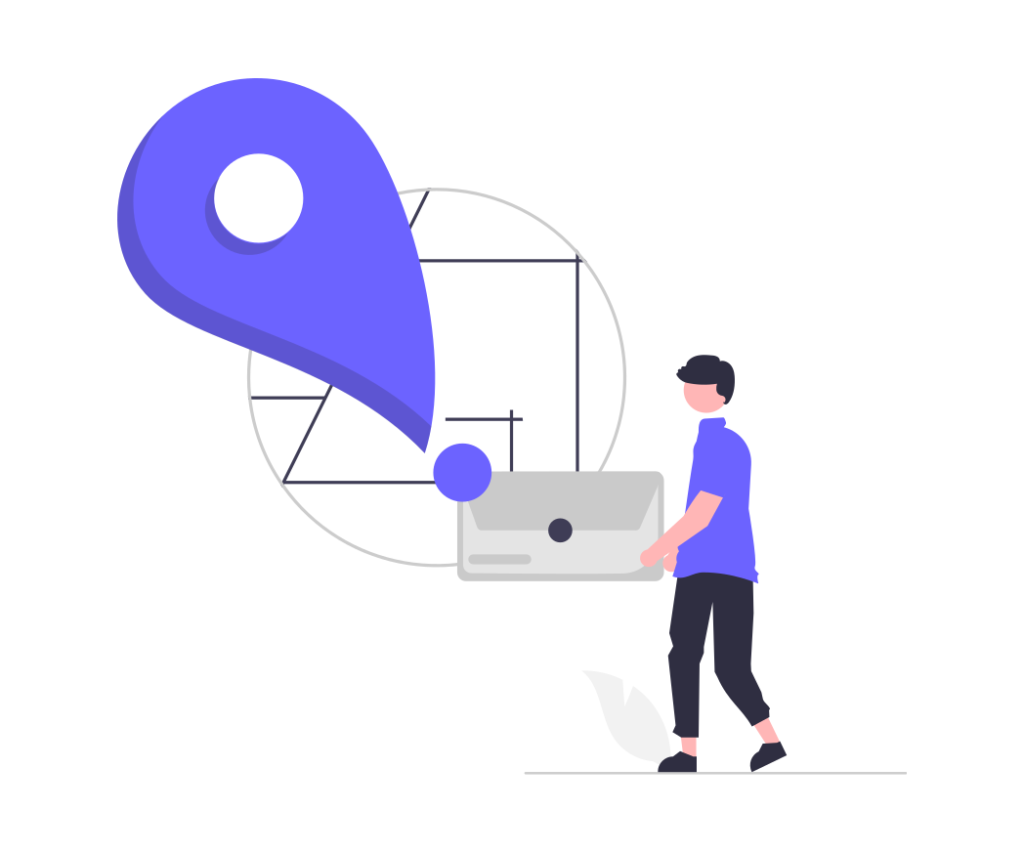 Design connects with emotions, which helps people feel more connected to your company. For example, Starbucks cups are a big part of the company’s identity. The design of the cups evoke feelings in people—ones that they connect with Starbucks because of. We can see this as one way that great design matters for your business.
Design connects with emotions, which helps people feel more connected to your company. For example, Starbucks cups are a big part of the company’s identity. The design of the cups evoke feelings in people—ones that they connect with Starbucks because of. We can see this as one way that great design matters for your business.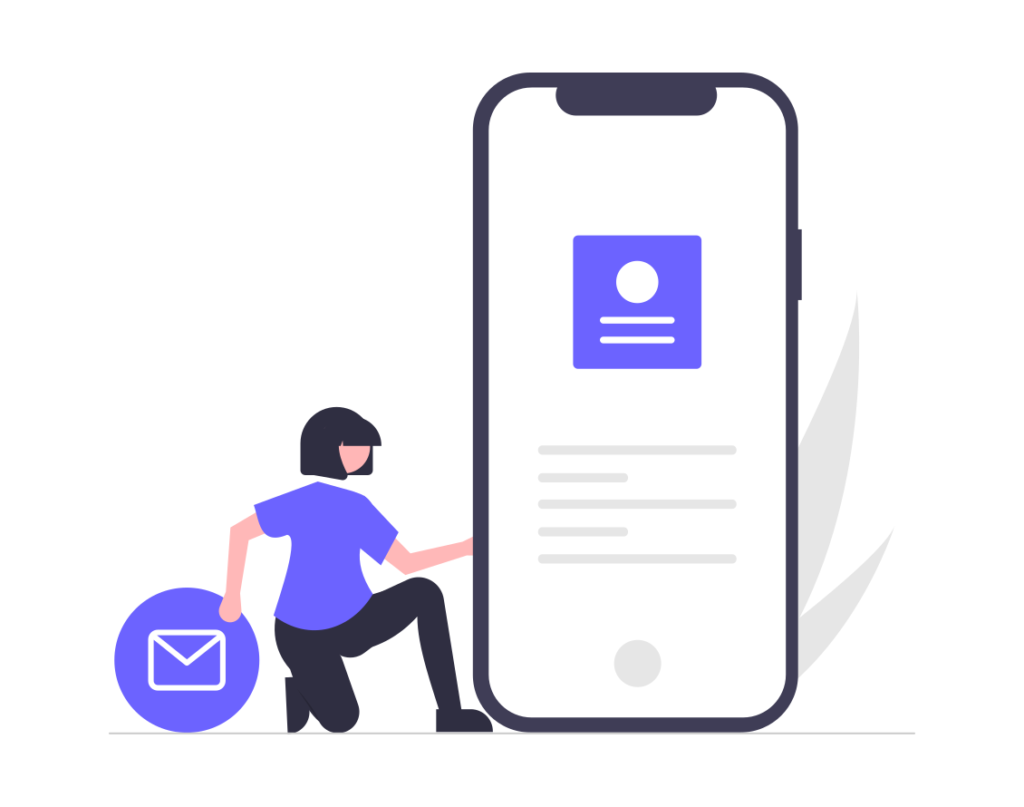 You may want to consider hiring a professional designer who understands the nuances of communication. Professionals understand typography, color theory, aesthetics, layout, and more. They can help you craft messaging that effectively communicates your message without being overdone or cluttered.
You may want to consider hiring a professional designer who understands the nuances of communication. Professionals understand typography, color theory, aesthetics, layout, and more. They can help you craft messaging that effectively communicates your message without being overdone or cluttered.